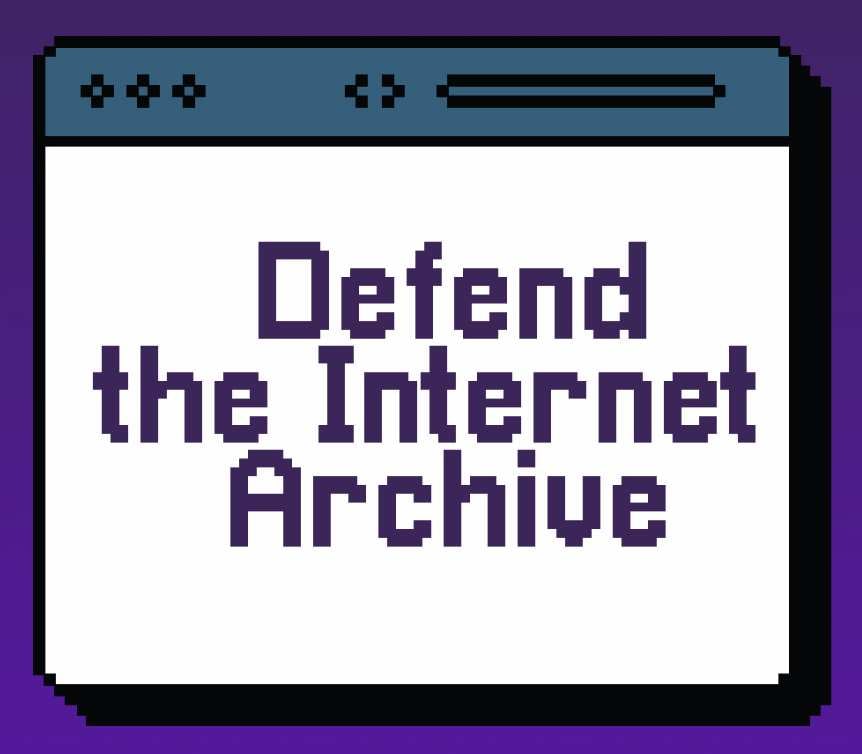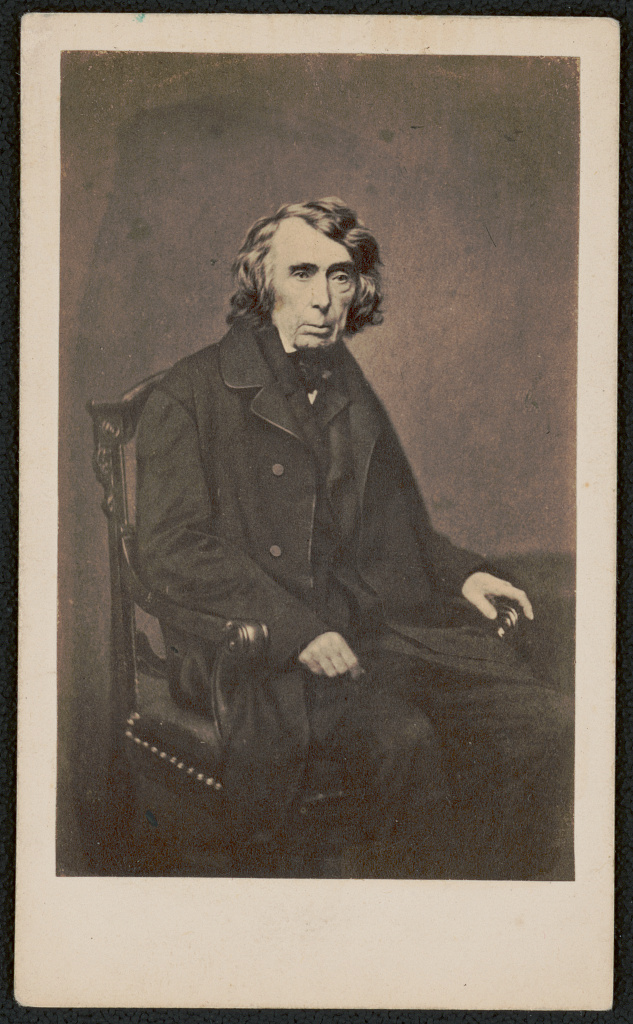

In case you don’t want to give NYT clicks. https://archive.is/a4hDO
Sydney Charlet had no job, rent due on an Upper West Side apartment, and an idea.
She had just moved to New York from Los Angeles and brought her Tesla Model 3.
She learned quickly that a parking spot on the street was not guaranteed and that the city’s alternate-side street cleaning schedule, which usually sets aside a 90-minute window for the city to sweep each side of a street on a rotating schedule, does not make parking easy.
Drivers must either move their cars, sit in them and watch for the street sweeper, or face a $65 ticket.
Ms. Charlet, 29, turned her idea into a side gig and posted it on TikTok.
“I’ll sit in your car for the fraction of the price of a parking ticket,” Ms. Charlet said in a video, as she waved a business card calling herself “The Car Sitter.”
The video was reposted and in comments and replies, New Yorkers took the occasion to share their own parking tales and misadventures.
Even if you’re not hiring someone like Ms. Charlet, anyone who has tried to park on New York’s streets knows that even when a space isn’t pay-to-park, it still comes at a price.
In the early 2000s, Cynthia Russo, then a stay-at-home mother, would pile into her Toyota Tercel with her 1-year-old daughter and 3-year-old son to deal with alternate-side parking on the Upper East Side.
In those days, Ms. Russo’s schedule was built around avoiding a ticket she said she could not afford.
To make the time bearable, one of her two older neighbors would keep her company and they would pass the time baring their souls.
“I used to tell my husband it was like ‘car confessions,’” Ms. Russo said. “My kids were in the car the whole time — they were oblivious.”
The neighbors opened up to her, and it came naturally to Ms. Russo to listen, she said, but she never told them why: She had previously been a therapist.
Bash Halow, 60, a business adviser who lives in Chelsea, hit on an idea in a moment of desperation. If he sees an open spot on the opposite side of the street, he offers a person on the street $20 to hold it for him while he circles around.
One day, several years ago, that person was an older lady with a push cart.
“She unhesitatingly agreed,” Mr. Halow said. “Six minutes later, as I rounded the corner to grab the spot, I see this guy trying to park in the spot and the lady standing in the middle, not budging.”
The woman used an expletive to tell the man to get lost.
“I’m saving this spot for my friend,” Mr. Halow recalled her saying. “That’s what really touched me.”
He paid her at least $60 on the spot.
For others, great parking spots come easier but cost more than money.
Will Simon, 55, who lives in Park Slope, some years ago came upon what he called “a perfectly good parking spot.” The problem was that it was occupied by chunks of concrete from a hole that Con Ed had dug in the street.
He took a few minutes to move the concrete and scored the spot. But Mr. Simon said that he, in general, has never seen parking as a chore. He said that people who complain about parking bring the suffering upon themselves.
“You should have to earn your cars,” Mr. Simon said, adding that the city owes him and other drivers nothing. “I’m able to store a 5,000-pound hunk of metal on public property.”
For those who can, it may be easier to just ditch a car.
Stuart Campbell’s wife racked up parking tickets when she was a flight attendant living in Greenwich Village, he recalled.
“Eventually her car was impounded — an old Hyundai, which was not worth much,” Mr. Campbell said. “When she went to retrieve it, she discovered the fines and fees were higher than the value of the car, so she never picked it up.”
At 9:30 a.m. on a Thursday morning in August, Brian McBride, a sanitation worker, parked his street sweeper in Cobble Hill in Brooklyn. Alternate-side parking had just begun but he waited before moving his mechanical broom down the choked streets.
Anthony Saporito, a superintendent at the Sanitation Department, said drivers get a five-minute grace period after alternate-side parking rules begin before department workers start sweeping — and ticketing.
Mr. Saporito followed the sweeper in a Sanitation Department vehicle with a clipboard of blank tickets perched on the dashboard. He pointed out the two, then four, then dozens and dozens of vehicles that had failed to move.
“If that car wasn’t there, he could have just had a straight run,” Mr. Saporito said of Mr. McBride, who, though deftly handling the sweeper, could clean only so much of the curb around a single parked car. “But no, he had to cut out. He probably missed about 10 feet on the back of the car, and he probably missed 10 feet on the front of the car.”
Every parked vehicle, except one with a permit for people with disabilities, got a ticket. The road, littered with leaves even in the dead of summer, kept its dusty appearance compared with the gleaming, wet asphalt where the sweeper had just passed with its whirring brushes.
Mr. Saporito wrote tickets, printing foot-long slips from a machine attached to his hip before stuffing them under windshield wipers with a neon orange envelope. The Sanitation Department issued 515,582 alternate-side parking summonses in the 2025 fiscal year, which ended on June 30.
“A lot of people will say, ‘You know what? I’ll roll the dice and I’ll get a $65 fine once every couple of weeks rather than having to pay to put it in a lot,’” Mr. Saporito said.
In neighborhoods filled with longtime residents, people remain “rule followers,” Mr. Saporito said. It’s the newcomers who push the boundaries.
“Now, I can’t tell you how many times when I was a supervisor here, I’d pass this car and it would say: ‘If you need me to move it, here’s my phone number. Call me. I’ll come move it,’” Mr. Saporito recalled.
He pointed to the gold badge on his chest and said: “Does this say ‘Mom’? You want me to do your laundry, too?”















The stars saved us time and went straight to jail for sexual assault.